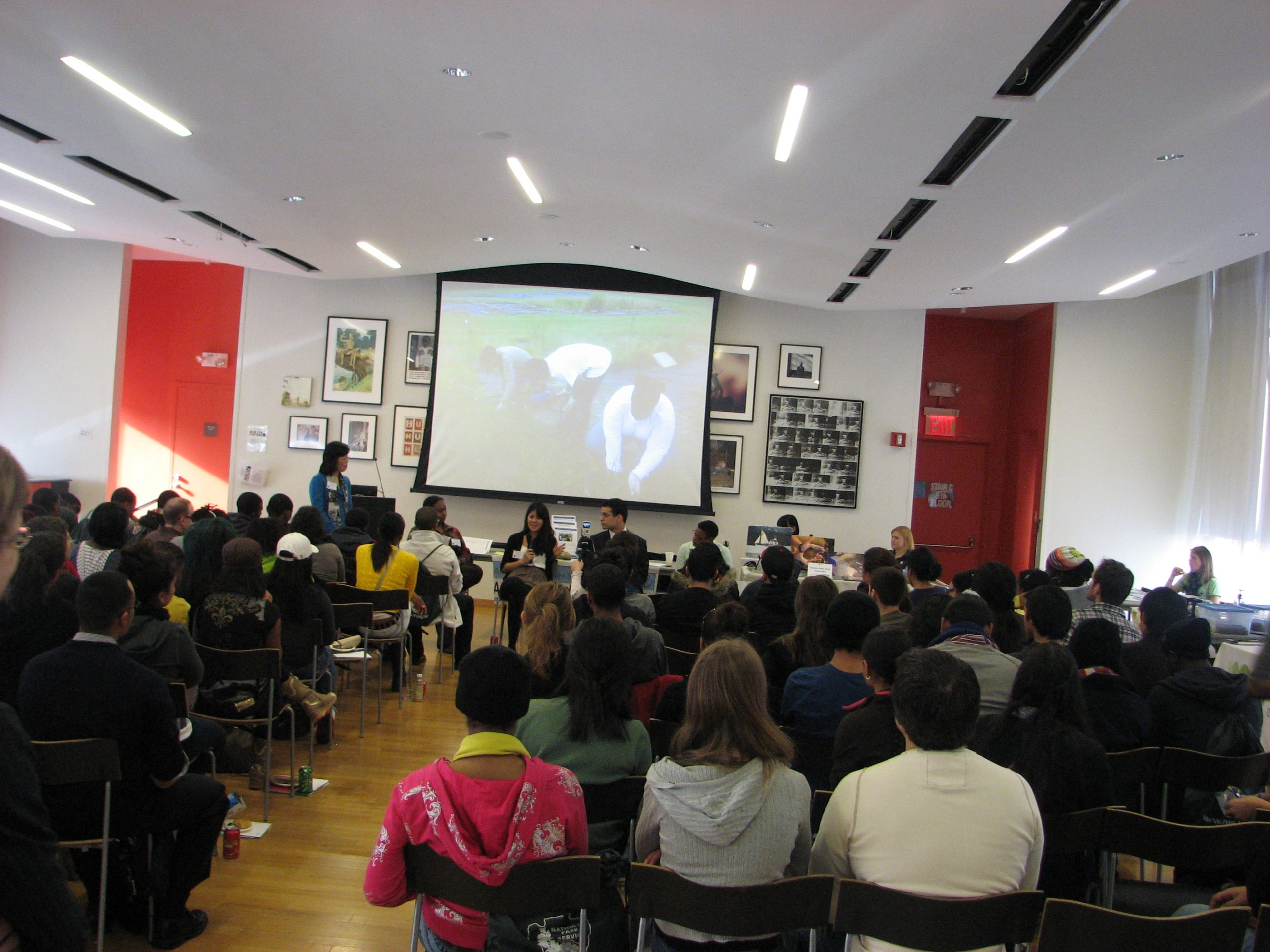Is the world failing at conservation?
A #ScienceLive Chat on Thursday, 28 March at 3pm EDT Moderated by Erik Stokstad, a staff journalist covering environmental research and policy, with a focus on natural resources and sustainability, for the Science Magazine news team. Obstreperous Peter Kareiva, chief scientist of the Nature Conservancy, who has ruffled feathers in the conservation community with his strong views on new directions…


